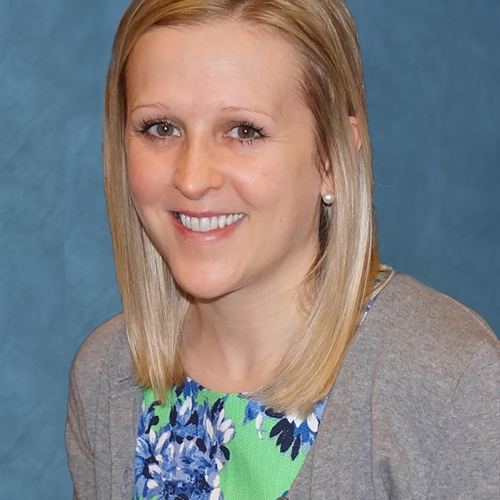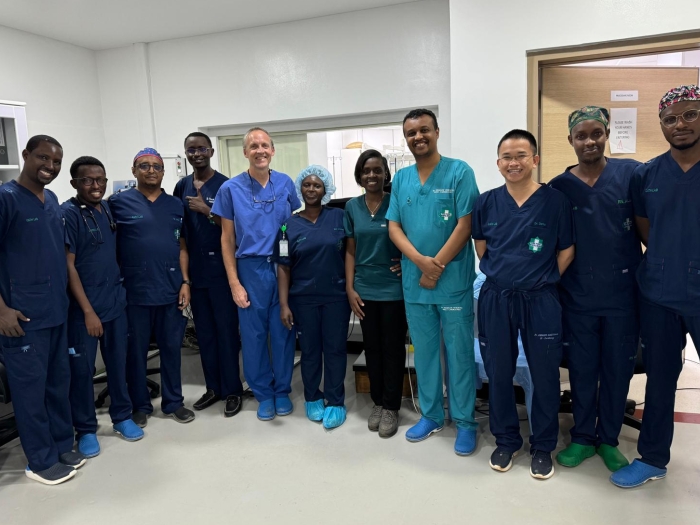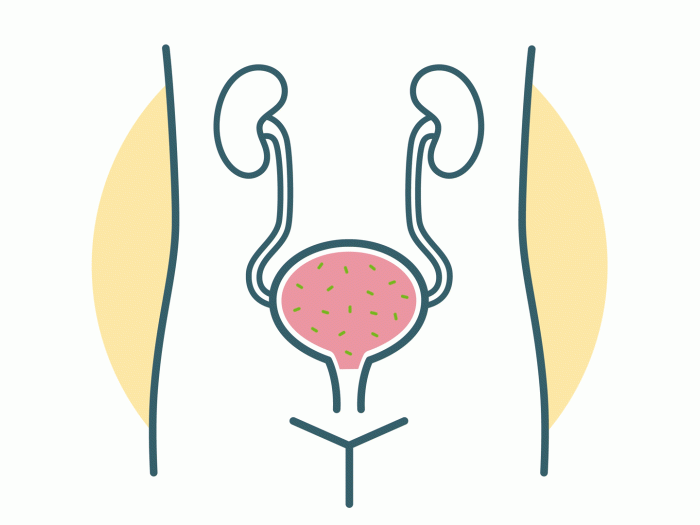The idea of performing awake spinal anesthesia on a baby sounded a little intimidating to Ashlee Holman, M.D., when first approached by urologist John Park, M.D.
“Doing spinals in adults is one thing — they can follow instructions, they can listen, they can sit still,” said Holman, director of pediatric regional anesthesia and pain medicine. “With infants? There’s none of that. They’re wiggling, they’re moving, they’re not able to follow commands.”
But as Holman researched the technique, she learned more about its benefits and its positive outcomes. In 2018, she successfully attempted her first awake infant spinal anesthetic during a circumcision. The patient — held in Holman’s arms on the operating table — snoozed right through the surgery.
That was less than five years ago. Today, Holman and a group of pediatric anesthesiology colleagues have performed more than 750 awake spinals — and C.S. Mott Children’s Hospital is now considered a destination for parents interested in an alternative to general anesthesia for their child’s procedure.
"I cannot overstate the positive impact of pediatric awake spinal program at Mott in improving the quality and safety of children undergoing surgical procedures," said Park. "Not only has it increased the overall safety, but the positive feedback and satisfaction from parents have been universally high. It has also increased the efficiency of our perioperative care by shortening the anesthesia and recovery time.
"I am finding that parents are seeking to come to Mott to receive a routine urological care that they could get locally because of the spinal anesthesia option. This program would not have happened without the outstanding leadership by Dr. Holman — she is truly the 'Leader and the Best!' She brought all stakeholders together including surgery, anesthesia, and perioperative nursing to coordinate a safe, seamless launch. She continues to monitor data closely for quality improvement, and our results have consistently improved since the launch of the program.”
Increasing capabilities
Spinal anesthesia is a needle-based procedure that provides sensory and movement block without the loss of consciousness. First popularized in the early 1900s, the technique has more recently been used primarily on adults or on children who are already under general anesthesia.
Holman says there’s been a resurgence of awake pediatric spinal anesthesia in large academic pediatric hospitals for specific procedures “below the belly button,” including circumcisions and inguinal hernia repairs.
“General anesthesia is extremely safe — it’s the back-up for our spinal anesthesia program — but there are risks associated with it, like changes in blood pressure, heart rate, and oxygen level, and it can require a breathing device. Spinal anesthesia avoids those risks,” Holman said. “We began to give parents the option of spinal anesthesia and we’ve found the response to be overwhelmingly positive and accepting.”
Bolstered by initial results —the team has seen a >92.5% success rate in administering awake spinals — Holman and the Division of Pediatric Anesthesiology are working to increase training capabilities.
Holman recently received an Innovation Research Grant from U-M’s Graduate Medical Education office to develop a simulation-based spinal anesthesia skills training program. Joining this work are co-investigators Margaret Stewart, M.D., Kathleen Gibbons, M.D., Lisa Vitale, M.D., — who all are pediatric anesthesiologists and early adopters of the technique — Elizabeth Putnam, M.D., MBBS, FRCA, — another pediatric anesthesiologist and director of simulation for anesthesiology — and Deborah Rooney, Ph.D.
The research team will develop a curriculum to support pediatric anesthesiology faculty, fellows, and residents as they learn and develop awake pediatric spinal anesthesia skills.
The curriculum will include a didactic session and support materials describing the history, benefits, and risks of pediatric spinal anesthesia, as well as instruction on the technique itself. The training program also will include a practical session in which participants will perform awake pediatric spinal anesthesia under instructor guidance on the novel task-trainer the research team previously created.
Holman said learning the technique is as much about the holding and positioning of the patient as it is about the spinal itself.
“They’re really strong and wiggly for being tiny little babies; they’re like tiny baby Hulks,” she said, noting that simulation provides a safe environment for learners and faculty to practice the technique in a low-pressure, low-stakes environment.
“We have specific goals of positioning: Sit the baby up, curl their back like a ‘C’, and tuck their head so that you're kind of holding them in a big bear hug. This opens up the spinous processes to allow us the largest distance to place our needle in the correct space.”
The research team plans to begin offering the simulation training to Michigan Medicine pediatric anesthesiology faculty, fellows, and residents in 2024-2025. Ultimately, they would like to see the training program expand to other specialties that use diagnostic and therapeutic infant lumbar puncture and to additional institutions.
“Already, pediatric anesthesia fellows who have learned the technique here are going to practice at their new hospitals and doing pediatric spinals,” Holman said. “I’m so grateful for my amazing co-investigators, the exceptional and talented pediatric anesthesia faculty, and our collaborative surgeons who have supported and grown our spinal program — and I am excited for this opportunity to help children across the country receive spinal anesthesia for their procedures.”

Clinical Associate Professor





